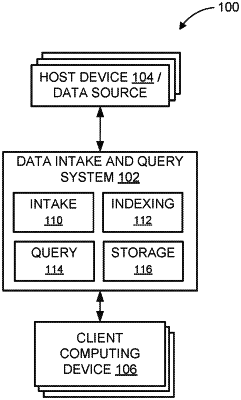| CPC G06F 16/24553 (2019.01) [G06F 16/248 (2019.01); G06F 16/2423 (2019.01); G06F 16/24534 (2019.01); G06N 5/01 (2023.01); G06N 20/00 (2019.01)] | 20 Claims |

|
1. A computer-implemented method, comprising:
receiving a request to store a machine learning model in a non-transitory computer-readable medium, wherein the machine learning model is formatted as an Open Neural Network Exchange (ONNX) model;
performing a deserialization process including an attempt to deserialize the ONNX model into one or more computational graphs, wherein completion of the attempt to deserialize the ONNX model into the one or more computational graphs indicates that the ONNX model is a validated machine learning model that consists of trusted code;
performing a schema verification process of a schema of the machine learning model including an operation of comparing an input schema and an output schema of the machine learning model to stored schema data, wherein the schema of the machine learning model is verified when the input schema and the output schema of the machine learning model corresponds to the stored schema data;
responsive to (i) completing deserialization of the ONNX model and (ii) the input schema and the output schema of the machine learning model corresponding to the stored schema data, storing the machine learning model;
receiving a pipelined search query from a web-based programming application, the pipelined search query including a sequence of operators;
parsing the pipelined search query resulting in detection and identification of operators of the sequence of operators;
verifying input-output schema compatibility of the sequence of operators including identifying that a first operator of the sequence of operations corresponds to the machine learning model, obtaining metadata of the machine learning model, and verifying (i) the input schema of the machine learning model corresponds to an output schema of an immediately preceding operator and (ii) the output schema of the machine learning model corresponds to an input schema of an immediately subsequent operator;
converting the pipelined search query to a directed acyclic graph (DAG); and
providing the DAG to a distributed processing engine configured to execute the DAG.
|